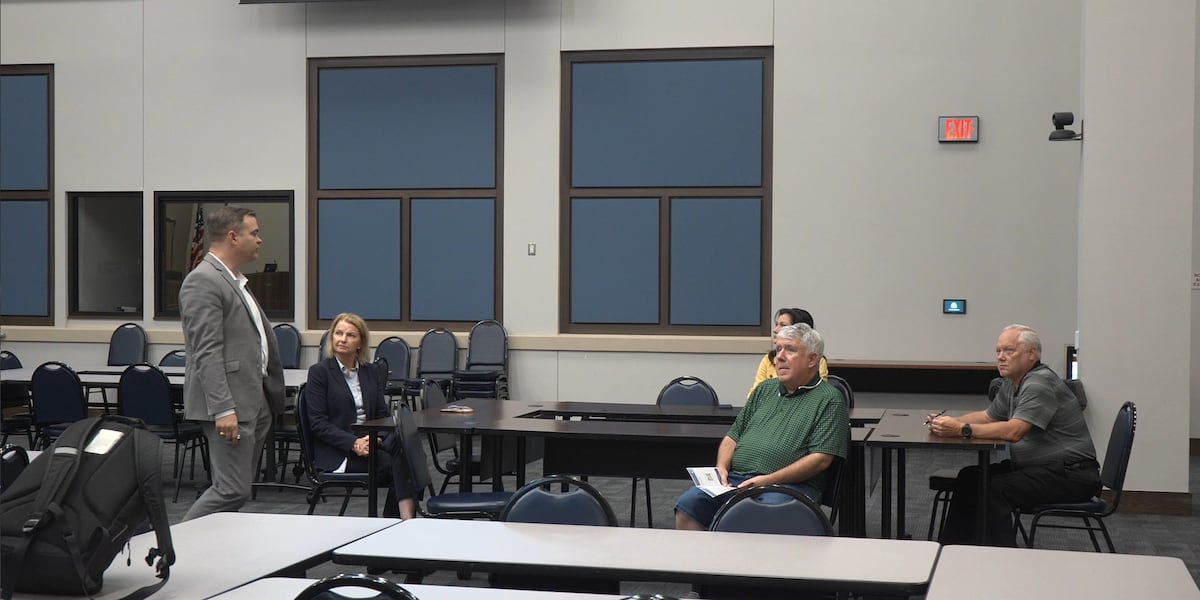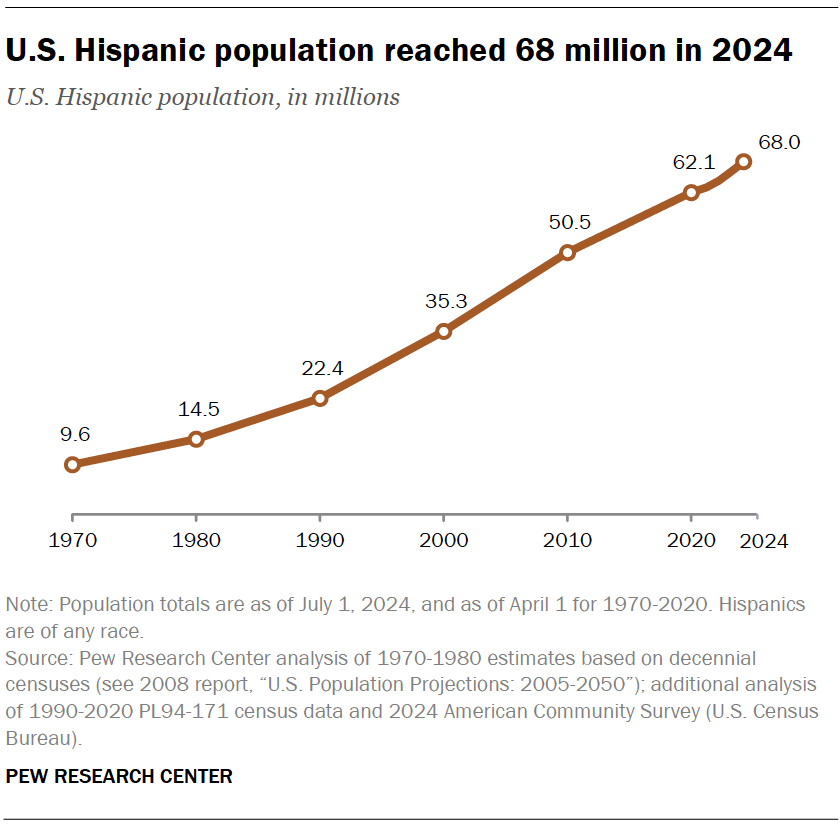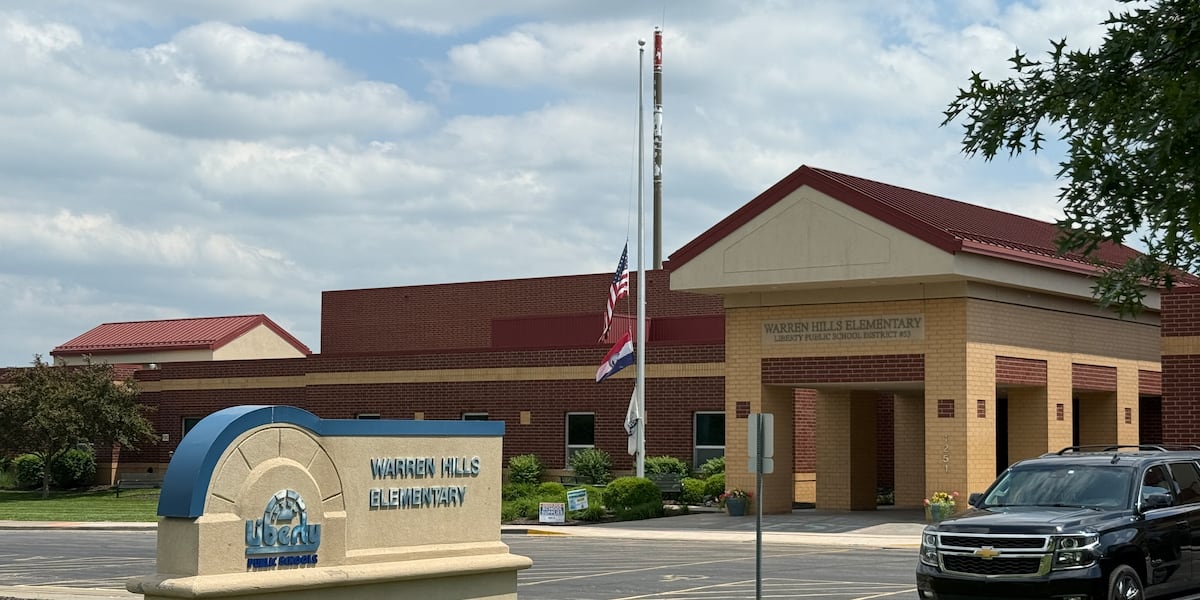Bryan ISD Bond Proposal: An Investment in Sustainable Community Development
Executive Summary
The Bryan Independent School District (ISD) has proposed a $397 million bond package to fund critical infrastructure projects across the district. These initiatives are strategically aligned with several United Nations Sustainable Development Goals (SDGs), primarily focusing on enhancing educational quality, building resilient infrastructure, and fostering sustainable community growth. The proposal, developed through a multi-stakeholder engagement process, is now before the community for a public vote.
Alignment with Sustainable Development Goals (SDGs)
The proposed projects directly contribute to the achievement of key global sustainability targets by improving the foundational infrastructure that supports the community’s youth. The primary alignments include:
- SDG 4: Quality Education: The core objective is to enhance the learning environment. By renovating facilities and upgrading essential systems, the projects aim to provide inclusive and equitable quality education for all students.
- SDG 9: Industry, Innovation, and Infrastructure: The bond focuses on building and upgrading resilient infrastructure. Modernizing school facilities ensures they are safe, reliable, and equipped to support future educational needs.
- SDG 11: Sustainable Cities and Communities: Investing in public school infrastructure is a critical component of making communities inclusive, safe, and sustainable. Well-maintained schools serve as vital community hubs.
- SDG 6 & 7: Clean Water, Sanitation, and Energy: A significant portion of the bond is allocated for Mechanical, Electrical, and Plumbing (MEP) repairs, which directly addresses goals related to reliable sanitation and provides opportunities to upgrade to more energy-efficient systems.
Project Scope and Impact
The bond encompasses a range of improvements designed to address deferred maintenance and modernize educational spaces. Chief Financial Officer Norma Friddle stated, “These projects will bring more value to the learning environment. It is always nice to be in a freshly renovated facility, and a big part of our bond is MEP.”
- Construction and Renovation: Upgrading existing school buildings to meet modern educational and safety standards.
- Mechanical, Electrical, and Plumbing (MEP) Repairs: Addressing critical infrastructure needs to ensure operational efficiency, safety, and a healthy environment for students and staff.
Governance and Stakeholder Engagement
In alignment with SDG 17: Partnerships for the Goals, the district has emphasized a collaborative approach to developing the bond proposal.
- A bond steering committee, comprising internal and external experts with diverse perspectives, was established in March to assess the district’s needs.
- Public meetings have been conducted to ensure community transparency and provide a forum for questions. Deputy Superintendent Brian Merrell noted, “We appreciate the opportunity to open up and allow the community to come in and ask any questions that they want.”
Conclusion and Civic Action
The future of the $397 million bond proposal rests with the community. The vote represents a decision on a significant investment in the region’s educational infrastructure and its alignment with long-term sustainable development. Voting is currently underway, with Election Day scheduled for November 4th.
Analysis of Sustainable Development Goals in the Article
1. Which SDGs are addressed or connected to the issues highlighted in the article?
-
SDG 4: Quality Education
The article’s central theme is the improvement of the educational infrastructure within the Bryan Independent School District. The proposed projects, funded by a $397 million bond, aim to “bring more value to the learning environment.” This directly supports the goal of ensuring inclusive and equitable quality education.
-
SDG 9: Industry, Innovation and Infrastructure
The article details plans for “construction and renovation improvements in schools,” specifically mentioning “mechanical, electrical, and plumbing repairs.” This focus on upgrading physical infrastructure aligns with SDG 9, which calls for building resilient infrastructure and upgrading existing facilities to make them sustainable and reliable.
-
SDG 11: Sustainable Cities and Communities
The initiative is a community-level effort to improve public facilities (schools). The process involves public engagement through meetings and a community vote, reflecting the goal of making communities inclusive, safe, and resilient. The district’s effort to “allow the community to come in and ask any questions” is a key component of participatory and sustainable community planning.
-
SDG 17: Partnerships for the Goals
The formation of a “bond steering committee” that includes “people from all areas” and both “internal but external experts” demonstrates a multi-stakeholder partnership. The entire process, which relies on community engagement and a public vote to secure funding, exemplifies a partnership between a public institution (the school district) and civil society (the community) to achieve a common goal.
2. What specific targets under those SDGs can be identified based on the article’s content?
-
Target 4.a: Build and upgrade education facilities
This target aims to “Build and upgrade education facilities that are child, disability and gender sensitive and provide safe, non-violent, inclusive and effective learning environments for all.” The article’s focus on “construction and renovation improvements” and creating a better “learning environment” through repairs to mechanical, electrical, and plumbing systems directly corresponds to this target.
-
Target 9.1: Develop quality, reliable, sustainable and resilient infrastructure
The proposed projects to repair and renovate school buildings contribute to developing quality and reliable social infrastructure. A “freshly renovated facility” with updated core systems (MEP) is more resilient and supports human well-being by providing a better environment for education.
-
Target 11.3: Enhance inclusive and sustainable urbanization and planning
This target promotes “participatory, integrated and sustainable human settlement planning and management.” The Bryan ISD’s approach of holding public meetings, creating a diverse steering committee, and putting the bond to a community vote are direct examples of participatory planning for community development.
-
Target 17.17: Encourage effective public, public-private and civil society partnerships
The collaboration between the school district, external experts, and the community to plan and fund the infrastructure projects is a clear example of a public-civil society partnership. The district’s statement, “We appreciate the opportunity to open up and allow the community to come in,” highlights this partnership approach.
3. Are there any indicators mentioned or implied in the article that can be used to measure progress towards the identified targets?
-
Indicator for Target 4.a:
The article implies progress can be measured by the successful implementation of the renovation projects. While not a formal UN indicator, the scope of the “mechanical, electrical, and plumbing repairs” directly relates to Indicator 4.a.1 (Proportion of schools with access to basic services like electricity and water). The total proposed investment of “$397 million” serves as a financial indicator of the commitment to upgrading these facilities.
-
Indicator for Target 11.3:
The process described in the article serves as a qualitative indicator for Indicator 11.3.2 (Proportion of cities with a direct participation structure of civil society in urban planning). The existence of public meetings, a community steering committee, and a public vote are evidence of such a structure being in place and operational.
-
Indicator for Target 17.17:
The article provides a clear financial figure that can be linked to Indicator 17.17.1 (Amount of United States dollars committed to public-private and civil society partnerships). The “$397 million of proposed projects” represents the financial value of this specific public-civil society partnership, pending the community’s vote.
4. Summary Table of SDGs, Targets, and Indicators
| SDGs | Targets | Indicators |
|---|---|---|
| SDG 4: Quality Education | 4.a: Build and upgrade education facilities to create effective learning environments. | The “$397 million” proposed investment for “construction and renovation improvements” and “mechanical, electrical, and plumbing repairs” serves as a financial commitment indicator related to Indicator 4.a.1. |
| SDG 9: Industry, Innovation and Infrastructure | 9.1: Develop quality, reliable, sustainable and resilient infrastructure to support human well-being. | The plan to create a “freshly renovated facility” through infrastructure upgrades is a qualitative measure of progress toward this target. |
| SDG 11: Sustainable Cities and Communities | 11.3: Enhance inclusive and sustainable capacity for participatory planning and management. | The use of public meetings, a “bond steering committee,” and a community vote are evidence of a participatory structure, aligning with Indicator 11.3.2. |
| SDG 17: Partnerships for the Goals | 17.17: Encourage and promote effective public and civil society partnerships. | The “$397 million” bond plan represents the financial value of the public-civil society partnership, relating to Indicator 17.17.1. |
Source: kbtx.com







